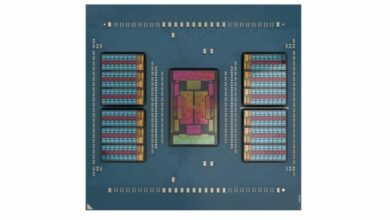Meta plans to make connecting your Quest headset to Windows 11 easier – by simply staring at your keyboard


Meta Connect 2024 ended earlier this week and with it came big announcements. One of those revelations was the easier collaboration between the Meta Quest VR headset and Windows 11. In his keynote speech, Meta founder and CEO Mark Zuckerberg claimed that pairing your Meta Quest headset with your Windows PC is done simply by looking at your looking at the keyboard.
“Soon you’ll be able to connect to any Windows 11 PC,” he said. “You just look at the keyboard and it starts pairing.” The pairing lets you work on one or more giant virtual displays, making Quest a “natural extension of your PC.”
You can already get these kinds of features in Meta’s Horizon Workrooms app and in third-party apps like Immersed, but the proposed Remote Desktop integration means you won’t have to use any new software or launch apps – it’ll be as simple as just stare at your desktop to activate the link. Considering how much Apple has been pushing its own Vision Pro headset for mixed-reality workflows on Mac devices, this feels like a logical next step for Meta and Microsoft.
The annual Metaverse-focused event also announced its new high-end mixed reality Meta Quest 3S VR headset, priced at $300 (£290, AU$500) for the 128GB version and $400 (£380, AU$670) ) for the 256 GB version; there’s also the 512GB Meta Quest 3, which costs $500 (£650, AU$1,050).
Meta AI is getting a shiny new upgrade, with its smarter open-source language model Llama 3.2. One of the innovative features of the LLM is that it can understand both images and text.
The Metaverse will see a new AR experience, photorealistic spaces called Hyperscapes. Zuckerberg said: “You can use your phone to scan a room and then recreate it, or you can step into a room that someone else has scanned and shared.”
Other notable announcements: Batman Arkham Shadow will be a Meta exclusive and included with all Quest 3 or 3S purchases. Sales of the Meta Quest 2 and Quest Pro will end at the end of 2024.
No date has been specified for when the Remote Desktop integration will take place; all we know is: “soon.”




